MARK OF PAUL STORR LONDON, 1834, RETAILED BY STORR AND MORTIMER
A WILLIAM IV SILVER TREASURY INKSTAND MARK OF PAUL STORR LONDON, 1834, RETAILED BY STORR AND MORTIMER Of rectangular form on scrolling foliate capped feet with double hinge cover, the interior gilt, one cover chased and engraved with a coat-of-arms and opening to a fitted compartment with two inkwells with conforming silver-gilt covers, the other cover opening to a pen rest, marked throughout, underside stamped STORR & MORTIMER 14 ¾ in. (36 cm.) long, 9 ½ in. (24.1 cm.) wide, 3 ¼ in. (8.3 cm.) high; 100 oz. (3,112 gr.) The arms are those of Cockerell quartering others and impaling Rushout for Sir Charles Cockerell, 1st Baronet (1755-1837) and his second wife the Hon. Harriet (d.1851), daughter of John, 1st Baron Northwick, whom he married in 1808. Sir Charles was born in Bishop's Hull, Somerset, the son of John Cockerell and Frances, daughter of John Jackson of Clapham. Sir Charles was related on his maternal side to Samuel Pepys, the famous diarist. Sir Charles started his career working in Calcutta for the East India Company and was later to become a politician, serving for many years as an MP. While in Calcutta he married Maria Tryphena, daughter of Sir Charles William Blunt, in March of 1789. Sadly the marriage only lasted a few months as she was to die in October of the same year. On his return to England he moved to the Sezincote Estate in Gloucestershire. It was there that he was to leave a remarkable legacy in the form of Sezincote House which he commissioned from his brother Samuel Pepys Cockerell in a Neo-Mughal style. Samuel Pepys worked as a surveyor for the East India Company and had already used Mughal motifs on Daylesford House nearby. Sezincote House was said to have inspired the Prince Regent in his commission of the Royal Pavilion at Brighton and was immortalized by John Betjeman in his poem Summoned by Bells noting " Down the Drive, Under the early yellow leaves of oaks... the bridge, the waterfall, the Temple Pool and there they burst on us, the onion domes ." Sir Charles and his wife had a son, Charles Rushout Cockerell, who was to succeed him as second baronet as well as two daughters.
MARK OF PAUL STORR LONDON, 1834, RETAILED BY STORR AND MORTIMER
A WILLIAM IV SILVER TREASURY INKSTAND MARK OF PAUL STORR LONDON, 1834, RETAILED BY STORR AND MORTIMER Of rectangular form on scrolling foliate capped feet with double hinge cover, the interior gilt, one cover chased and engraved with a coat-of-arms and opening to a fitted compartment with two inkwells with conforming silver-gilt covers, the other cover opening to a pen rest, marked throughout, underside stamped STORR & MORTIMER 14 ¾ in. (36 cm.) long, 9 ½ in. (24.1 cm.) wide, 3 ¼ in. (8.3 cm.) high; 100 oz. (3,112 gr.) The arms are those of Cockerell quartering others and impaling Rushout for Sir Charles Cockerell, 1st Baronet (1755-1837) and his second wife the Hon. Harriet (d.1851), daughter of John, 1st Baron Northwick, whom he married in 1808. Sir Charles was born in Bishop's Hull, Somerset, the son of John Cockerell and Frances, daughter of John Jackson of Clapham. Sir Charles was related on his maternal side to Samuel Pepys, the famous diarist. Sir Charles started his career working in Calcutta for the East India Company and was later to become a politician, serving for many years as an MP. While in Calcutta he married Maria Tryphena, daughter of Sir Charles William Blunt, in March of 1789. Sadly the marriage only lasted a few months as she was to die in October of the same year. On his return to England he moved to the Sezincote Estate in Gloucestershire. It was there that he was to leave a remarkable legacy in the form of Sezincote House which he commissioned from his brother Samuel Pepys Cockerell in a Neo-Mughal style. Samuel Pepys worked as a surveyor for the East India Company and had already used Mughal motifs on Daylesford House nearby. Sezincote House was said to have inspired the Prince Regent in his commission of the Royal Pavilion at Brighton and was immortalized by John Betjeman in his poem Summoned by Bells noting " Down the Drive, Under the early yellow leaves of oaks... the bridge, the waterfall, the Temple Pool and there they burst on us, the onion domes ." Sir Charles and his wife had a son, Charles Rushout Cockerell, who was to succeed him as second baronet as well as two daughters.

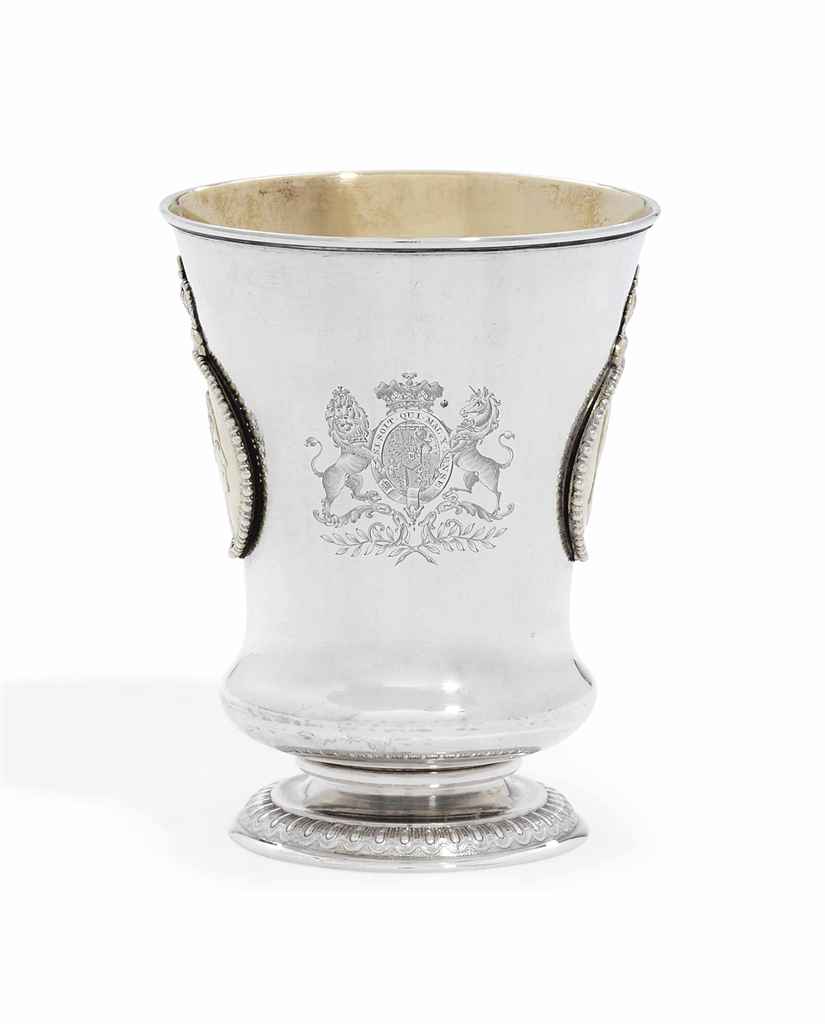
.jpg)
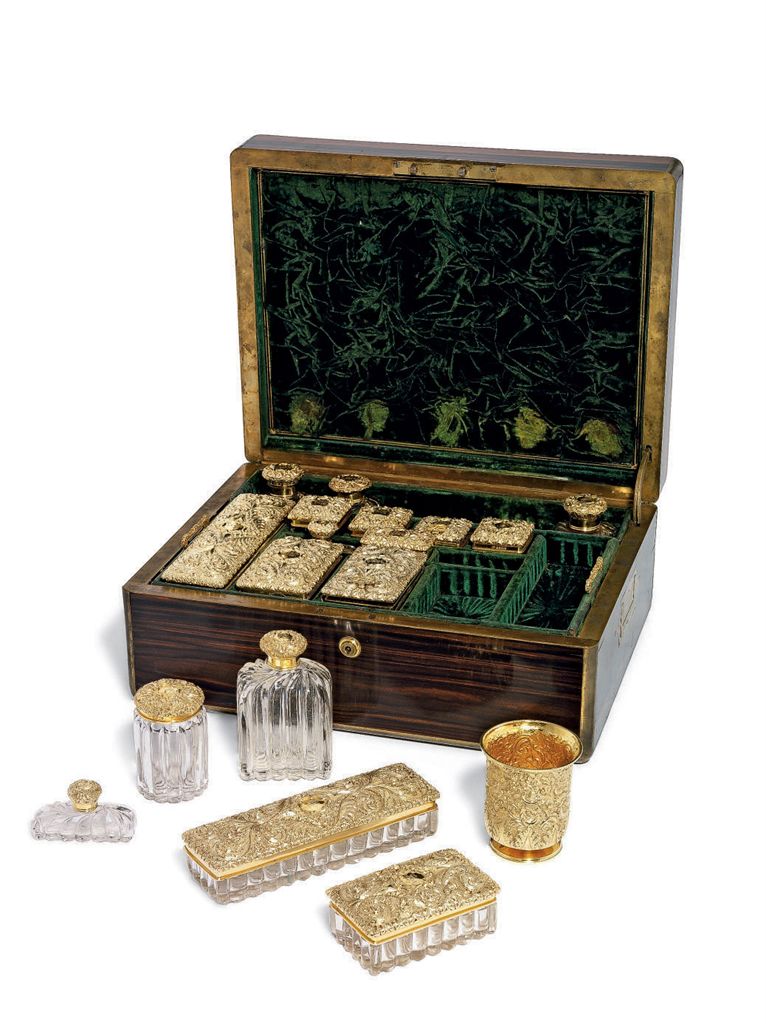
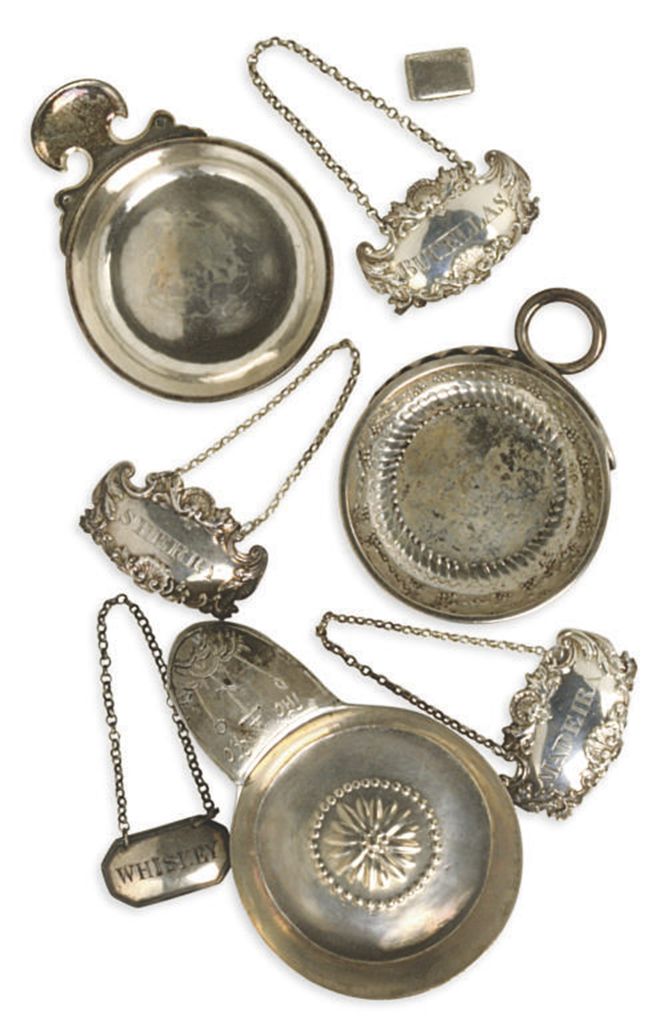
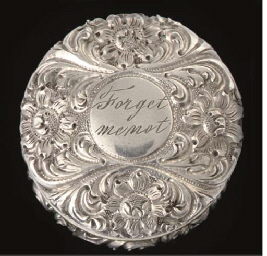
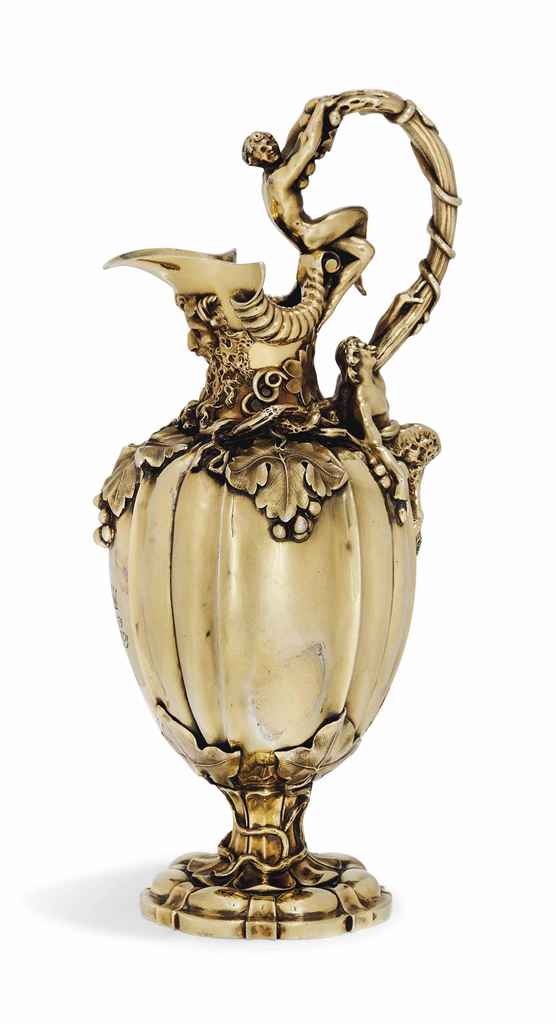


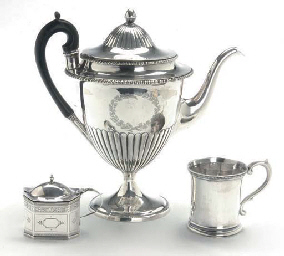
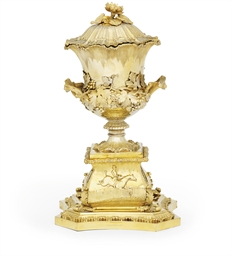
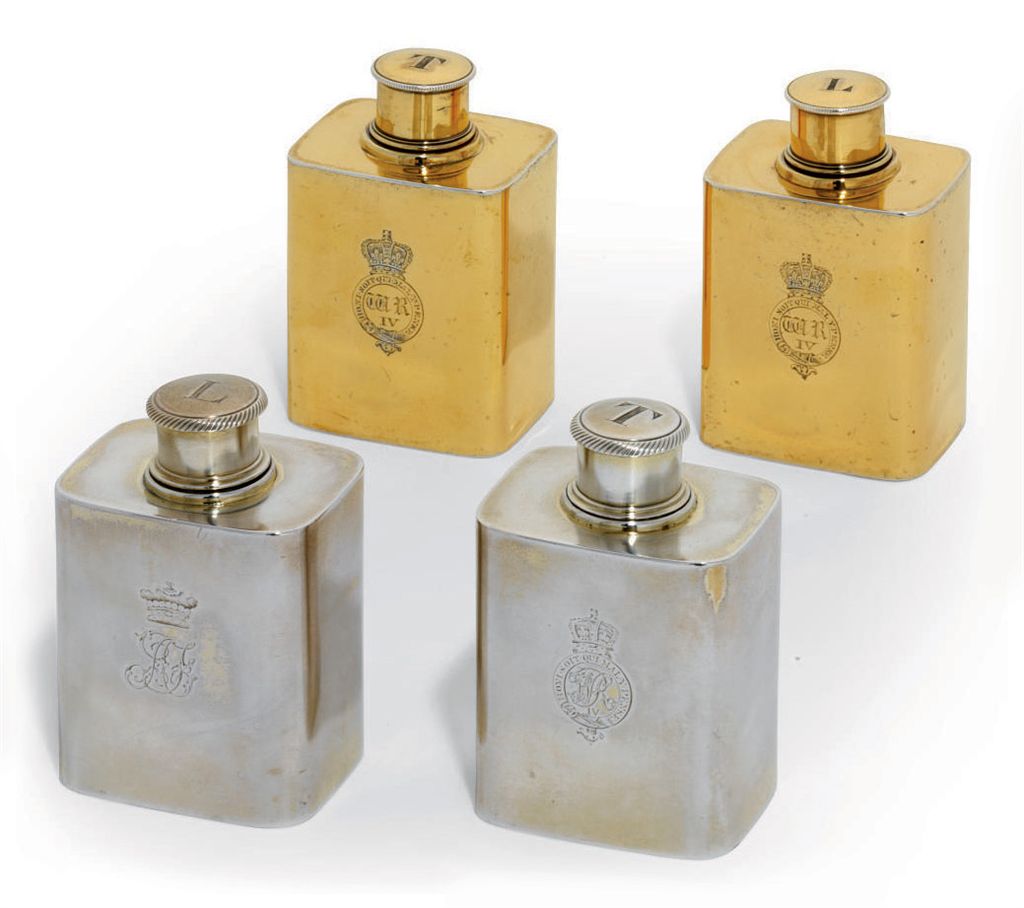
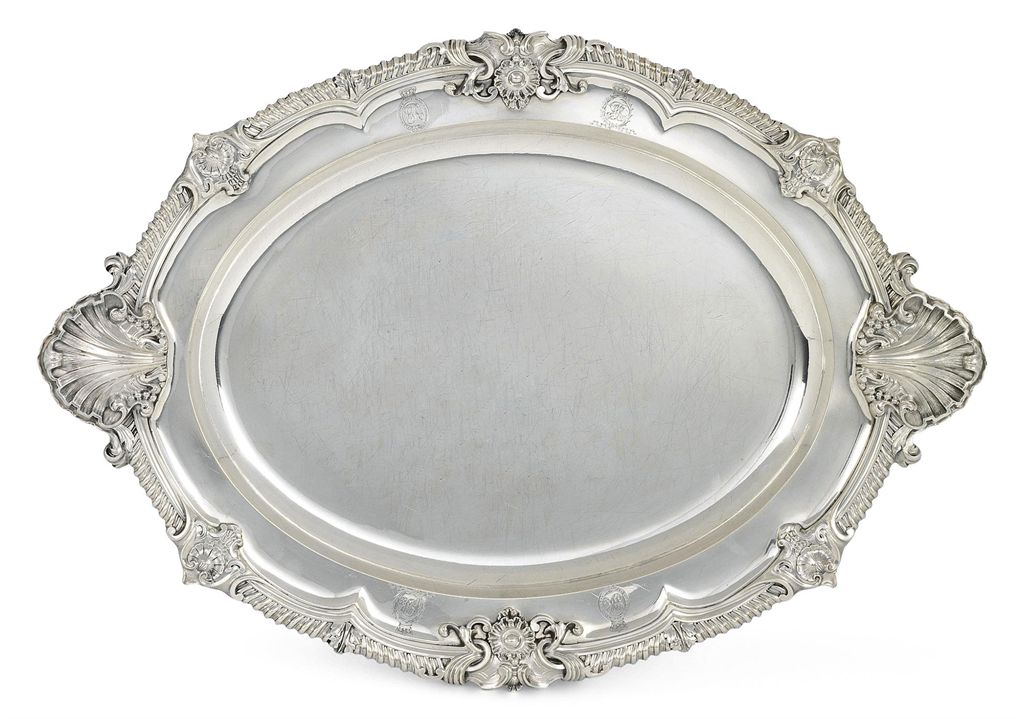
.jpg)
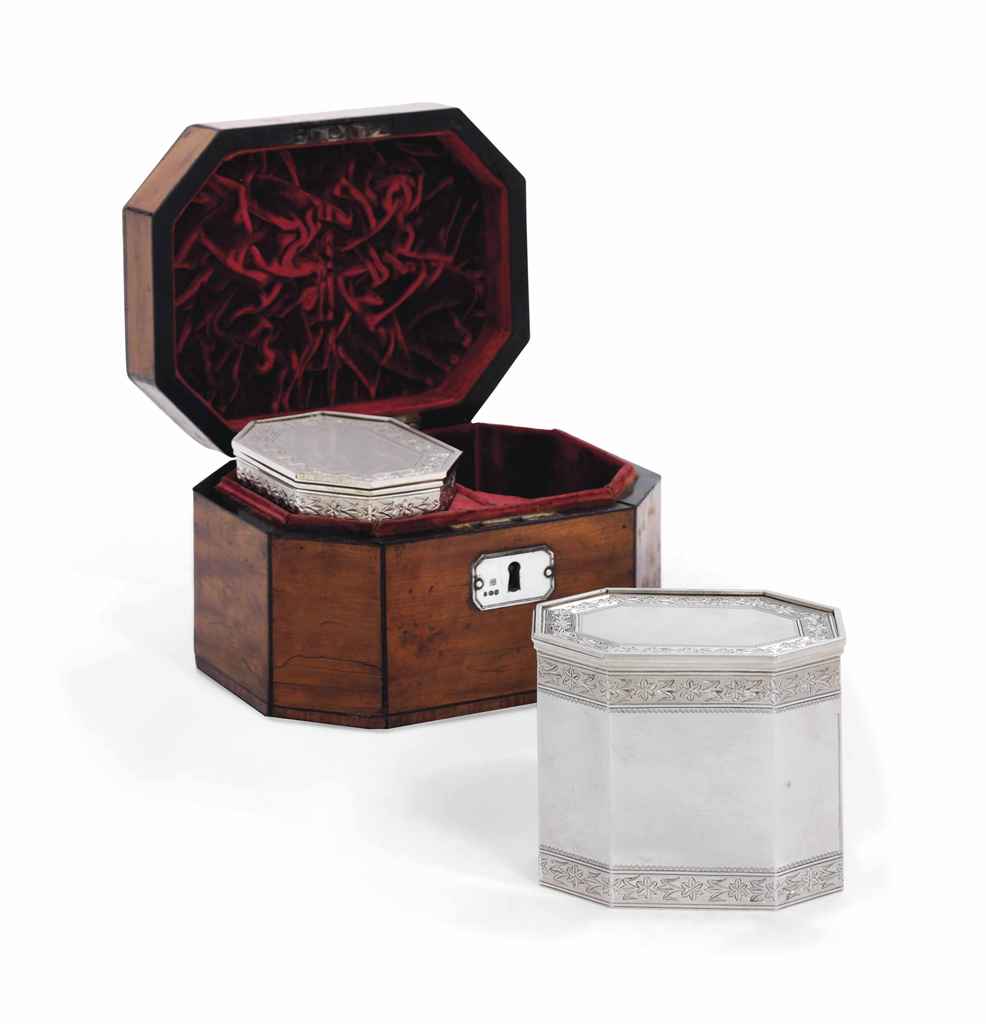
Try LotSearch and its premium features for 7 days - without any costs!
Be notified automatically about new items in upcoming auctions.
Create an alert